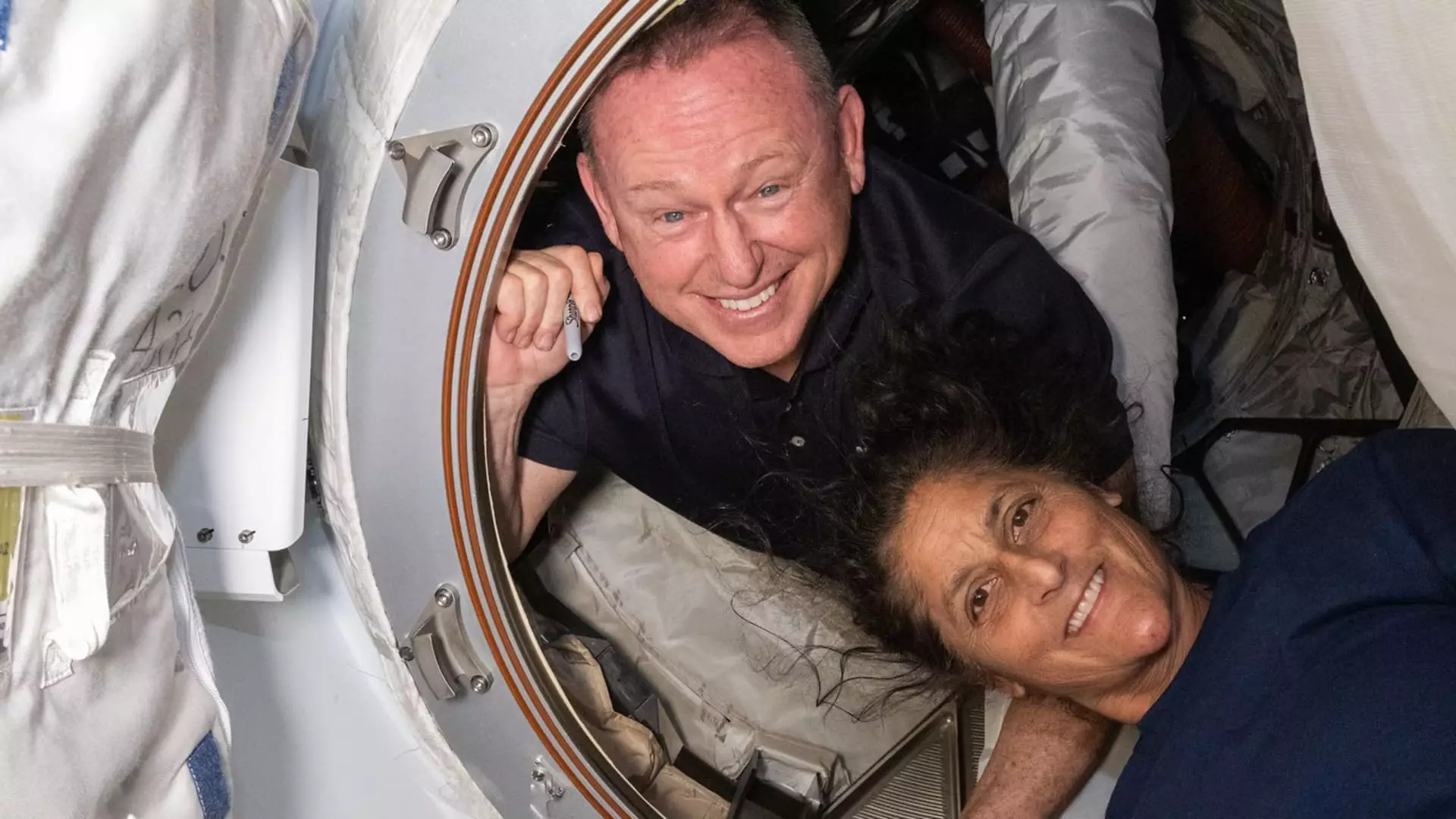Boeing will be bringing back its Starliner capsule from the International Space Station empty, despite initially delivering NASA astronauts to orbit in early June. This decision comes as a surprise, given that Starliner was previously thought to be the primary choice for returning the crew back to Earth. However, due to problems encountered during the crew flight test, NASA has opted to have astronauts Butch Wilmore and Suni Williams return via SpaceX’s Dragon spacecraft instead.
The crew flight test was meant to last about nine days, but issues with Starliner’s propulsion system caused delays and ultimately led to the decision to return the capsule empty. This marks a significant setback for both NASA and Boeing, as the organizations had been working closely together to ensure the success of the crewed mission. Despite the challenges faced, NASA Administrator Bill Nelson emphasized the importance of understanding the root causes of these issues in order to make necessary design improvements for future missions.
Commitment to Safety
NASA’s decision to bring Starliner back empty was based on a commitment to safety, as test flights are neither safe nor routine. While there was a technical disagreement between NASA and Boeing regarding the risks involved in returning the crew in Starliner, NASA officials expressed their continued support for the aerospace company. However, the focus remains on the safety of the crew and spacecraft, with preparations being made for a safe and successful uncrewed return of the capsule.
Boeing’s Starliner capsule, named “Calypso,” has been at the ISS since early June, as NASA and the company have been working to identify and resolve issues with the spacecraft’s propulsion system. The thrusters, which are crucial for Starliner’s safe return from the ISS, have been a persistent problem that has yet to be fully resolved. Despite the setbacks faced by Boeing, NASA remains optimistic about the future of crewed missions to the ISS, with plans for SpaceX to bring astronauts Wilmore and Williams back to Earth in February.
The delays and challenges encountered during the Starliner crew flight test have raised concerns about Boeing’s future involvement in NASA’s Commercial Crew program. With over $1.5 billion in losses already incurred, the company’s position in the program is now uncertain. NASA had hoped to have both Boeing and SpaceX flying alternating missions to the ISS, but the setbacks faced by Boeing have put this goal in jeopardy. Moving forward, it will be crucial for Boeing to address the issues with Starliner and demonstrate its ability to safely and successfully carry out crewed missions for NASA.

Leave a Reply